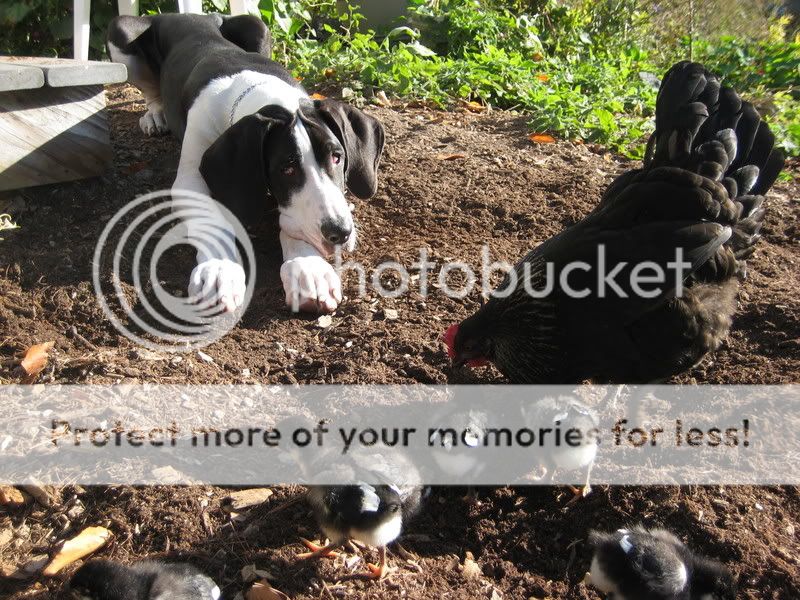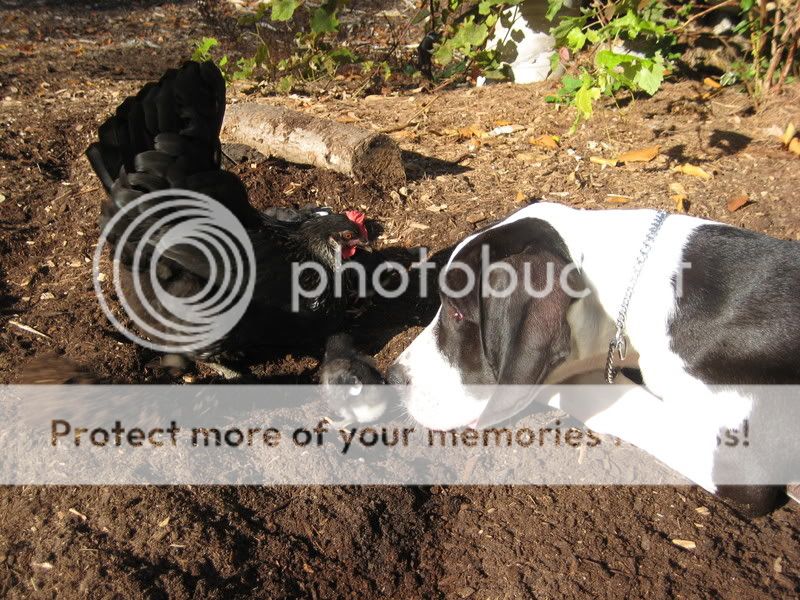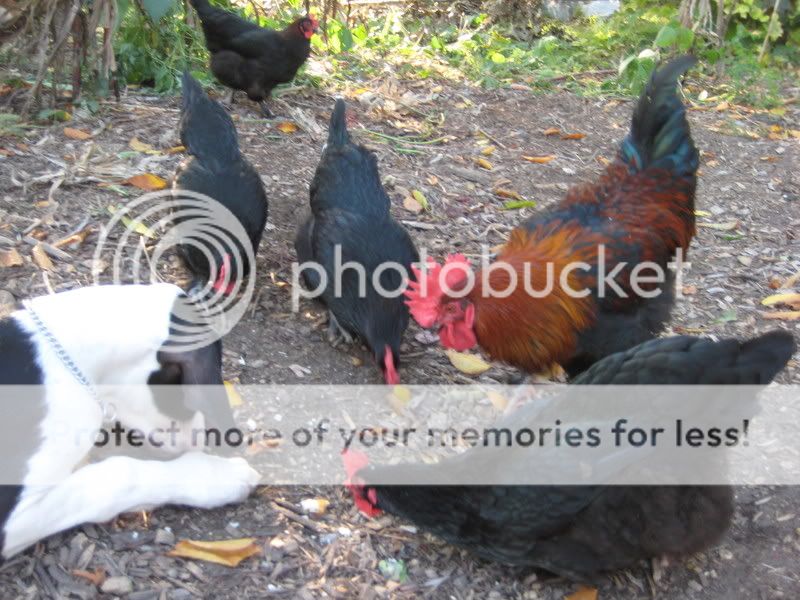I would never trust any dog unsupervised with anything it can kill unless you can afford to lose it. However it is entirely possible to train dogs with even a high prey drive. I know I've posted pics of my akita before with my bantams:
http://img.photobucket.com/albums/v244/aqh88/chickens/SANY0743.jpg
http://img.photobucket.com/albums/v244/aqh88/chickens/coop/SANY1010.jpg
http://img.photobucket.com/albums/v244/aqh88/chickens/coop/SANY1036.jpg
She'll hunt her own food out in the fields and bring back rabbits but the most she'll try to do to my chickens is pin them down with a paw and then let them back up. They come out upset and she does get yelled at for that game but they are always unharmed. She hasn't got the slightest bit of herding instinct whatsoever so she's not really useful for moving chickens around. She does make a great wall though. I'll tell her to down somewhere and then I'll herd the chickens while she blocks them from getting past.
I have lots of pets in a little house and they all have to get along at some point. I don't expect them to get along when I'm not home and that's why all the small pets are in a seperate room with a locking door and not even the cats and dog are left together while I'm not home. When I am home to supervise though they should all be able to mix or I don't keep that pet because it won't live long.
Where you start really depends on your dog. If they have no experience with smaller animals or have shown to be a danger around other animals in the past start with the chicken, small pet, cat, etc... in a cage. Let the dog see the pet and keep the dog under control. Make them sit or down and not jump at or run around the cage. Start introducing a command that means they are being too rough or wild. You can use "gentle", "be nice", "easy", or whatever you want. I use "easy" and it's actually come in handy before. Some one let their little pug off leash and my akita has killed rabbits bigger than that thing before. She saw it running and went into rabbit chase mode. I yelled "NO! Eaaasy!" and she pulled right up realizing this thing was not food. She treated it like she does the cats after that. A very useful command to teach your dog.
When you have the dog under control and not jumping about you can move to holding the animal. It may take days or weeks to get to that point. It's usually not a 1 time training session unless the dog is used to other animals. You may want 2 people if you have a very exciteable dog so one can hold the dog and the other can hold the small pet. At this point I let the dog sniff the animal so long as I'm confident they won't try a sudden lunge or nip. Whenever they get too rough or try to put their mouth on the animal (unless I were to say "take" nothing living goes in the mouth no matter what!) use your command not to be so rough and make them back off if you have to. It's better to put the dog in a sit or down than to pull the pet out of their reach. The former puts you back in control and calms the dog down. The latter sets off their prey drive to lunge for the moving animal or to play if they aren't a prey driven dog. If I have to I start out with one hand resting on the top of the dogs muzzle so I can push down or even wrap my fingers around their mouth should they try something.
Some people train their dog to never go near the other animal instead of introducing them. Either way works but I think letting them actually interact with the animal reinforces not harming it better than just obeying a command to never go near it. If an accident happens I think it's less likely the dog will kill the animal while your not around if they've actually interacted safely with it. It depends on the dog though.
Finally I move on to letting the animal loose in a confined area with the dog. I keep the dog leashed and when I first got my akita I had her tied to me 24/7 while she got used to the cats. I looped the leash over my arm, leg, or tied around my waist while sitting on the computer, watching tv, making dinner... Where I went she went and she was always within reach until she learned how to behave. Same thing in the coop or when I first started bringing chicks out of the brooders. She was tied to me while I filled feeders and waterers, when I collect eggs, clean bedding out of brooders... Hopefully you just keep progressing to the point the dog can be trusted to act off verbal commands without a leash while the animal is running around the yard or house.
Some don't get to that point. It's going to depend on the dog, the time you have to train, and how good of trainer you are. If you hit that wall sooner than you'd like and stop making progress I would suggest some obedience classes to further your skills and your dog's training before going back to working with living creatures. Your body language really makes a difference. My mom's dog will pick up on our body language around any animal and treat it accordingly. Sometimes we unconsciously signal him to something being good or bad. One time a possum stepped out of the field surprising me and this dog that would help raise baby guinea pigs smaller than his muzzle and bring orphaned kittens and cottontails to the house for us to help killed the possum in one lunge. Same thing happened when we had rats in the barn. Our sweet dog that never harmed a single pet in the house or barn cat turned into a ruthless killer that snapped rat necks in one bite as soon as he realized we weren't happy with them. No matter how you raise them the instinct is still there.







